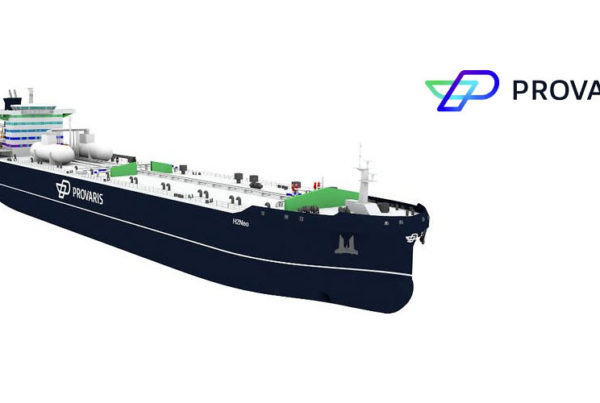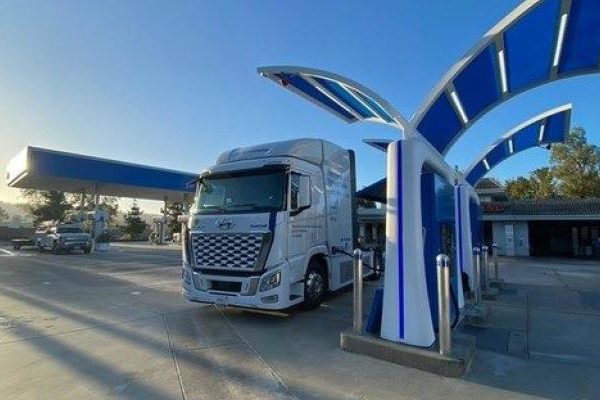
Electric cars have experienced strong growth lately, but fuel cell electric vehicles (FCEVs) still need to catch up. Hydrogen cars have longer ranges than any alternative and refuel as quickly as gas-powered vehicles, but the need for refueling infrastructure stands in their way.
Battery-electric vehicles (BEVs) faced a similar issue not long ago but have largely moved past it. FCEVs may need more effort to do the same due to less demand and because installing hydrogen stations is more complex than recharging ports. Predictive modeling — a subset of artificial intelligence (AI) — could be the solution.
Hydrogen’s Refueling Problem
Zero-emission vehicles must be just as — if not more — convenient than gas alternatives to replace them at scale. Hydrogen cars are more expensive, but they drive just as well, are quieter, can go farther and operate similarly, so drivers need little adjustment. The big convenience issue is one of refueling.
There are only 86 hydrogen stations in North America, 60 of which are in California. That is a far cry from gas and diesel pumps, which you can find at virtually any highway exit. It is also fewer than the growing number of charging stations and — unlike BEVs — FCEVs cannot refuel at home.
Adding more hydrogen stations is not as straightforward a solution as it may seem. It costs a median of $1.9 million to implement a new hydrogen fueling station. Because hydrogen has specific transport and storage requirements, planning these facilities also carries logistical complications.
Businesses likely will not take on these costs and complications unless they are confident the station will see regular use. Considering there are far fewer FCEV models available than gas vehicles and BEVs, finding areas with sufficient demand can be challenging.
How Predictive Modeling Could Help
Predictive modeling can help by finding ideal areas to build new hydrogen stations. This process works by feeding AI historical and current data so it can discover trends and make accurate predictions.
Many businesses use it to gauge changes in consumer demand to move inventory more efficiently. The same concept can reveal where hydrogen stations are most critical.
A predictive model could weigh multiple complex factors like an area’s traffic, the population’s likelihood to buy zero-emission vehicles, proximity to critical highways and more. It could then highlight where businesses or government organizations should install a hydrogen station so it gets the most use. Placing refueling centers in these AI-discovered locations would ensure they get enough patronage to compensate for their high costs and drive demand for FCEVs.
Fuel cells are already three times more efficient than gas cars. If they had fueling locations in key areas, drivers could reasonably travel long distances with them, making them more convenient to own.
Predictive modeling could also help hydrogen fueling stations by improving their maintenance. These facilities currently experience unscheduled maintenance more often than gas alternatives and at a higher cost. Predictive maintenance — a practice already common in manufacturing — could help.
Predictive maintenance analyzes equipment conditions to predict when they need repair. Facilities could then resolve issues while they are still small and easy to fix. Refueling stations would then lower their costs and improve their uptime, making them more convenient for customers.
Technology Must Advance for Hydrogen Cars to Be Practical
Practicality is one of the most important next steps for hydrogen technology. Achieving that will be difficult with conventional strategies, so the industry must embrace more advanced technology.
Predictive modeling can be expensive, but the resulting savings and strategic insights are hard to ignore. If the hydrogen industry embraced this technology, it could open and operate more reliable and accessible refueling stations. Owning an FCEV would become more practical as a result, driving adoption.


Jane Marsh, Contributor
The views and opinions expressed herein are those of the authors and do not necessarily reflect the official policy or position of Fuel Cells Works, its directors, partners, staff, contributors, or suppliers. Any content provided by our contributors or authors are of their own opinion and are not intended to malign any religion, ethnic group, club, organization, company, individual or anyone or anything.
Read the most up to date Fuel Cell and Hydrogen Industry news at FuelCellsWorks




